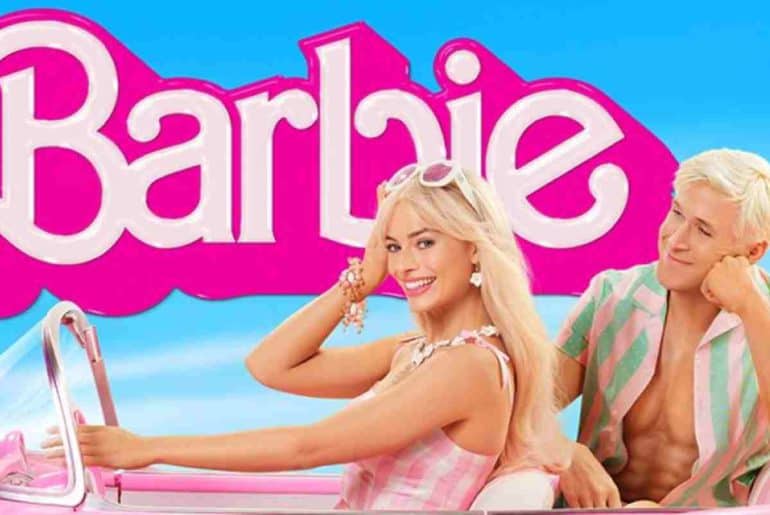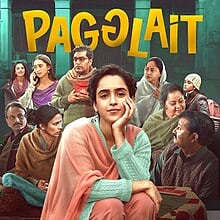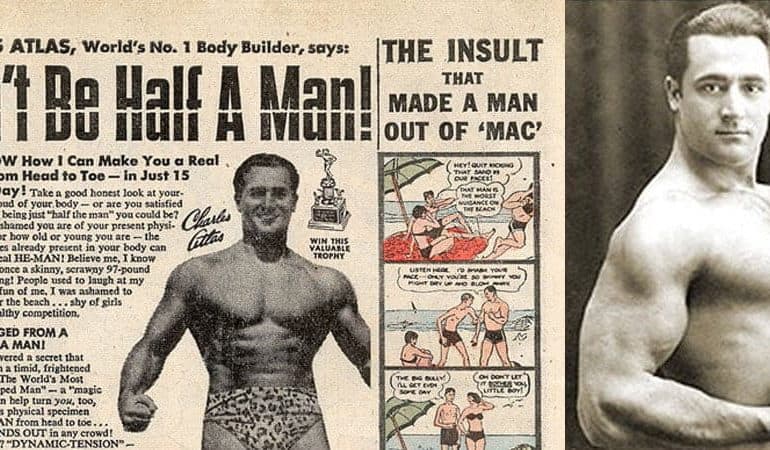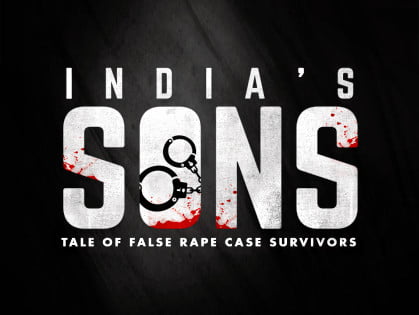Greta Gerwig’s long-publicized film took theatres by storm this Summer and has become one of the highest-grossing movies of all time.
After months of rigorous marketing and anticipation, people expected grandeur from Barbie and that’s what it delivers. Apart from its over-the-top production, Barbie also manages to bring a fresh concept to the fantasy genre which had started to seem repetitive and saturated. The movie has been carefully crafted in order to cater to all kinds of audiences, irrespective of age.
The film follows the Mattel doll ‘stereotypical Barbie’ and her many variants, who live in a whimsical world where everything is monotonous and perfect. When Barbie starts noticing human traits such as thoughts about mortality, body image issues, she and Ken go to the real world to figure out how to ‘fix’ her. She discovers that unlike Barbieland, which is run by all the empowered dolls Mattel released, the real world is patriarchal and a much harsher place for women. Ken, however, is overjoyed by how much power men have in the real world and heads back to rule Barbieland with the other Kens.
The film is ridiculously witty and has done satire really well. There are unique comedic elements such as the break of the fourth wall or jokes about real issues such as Mattel’s incapacities and Ruth Handler’s problems with the IRS. The dig at the ‘Pride and Prejudice watching depressed Barbie’ caters to a very specific niche and shows that the makers of the movie knew their main audience really well. The costume design of the show is impressive as it remakes actual doll clothes that were released by Mattel throughout the years and is a treat for fashion enthusiasts. The performances by Margot Robbie and Ryan Gosling are stellar. The cameos and the musical aspect also add significantly to the overall allure of Barbie.
While the movie ends by portraying the obviously rightful message regarding how no gender should overshadow the other, it does so bleakly. The feminist ideals and dialogues presented are not fresh. But what compensates for it is the unique medium through which a familiar message has been reiterated. The creation of dolls in the image of powerful women and their idolization is inspiring but does not change anything for women in reality. In fact, it sets the precedent for women to “appreciate” the opportunities they now have and make the most of them when women shouldn’t have to always do something extraordinary in order to be paid mind to. This message from America Ferrera’s character is the main power of the film.
Greta’s artistic vision to deliver such a new idea is laudable and so is Mattel’s involvement and accountability. Considering how wide of an audience this movie reached, even if the main point stayed a bit two-dimensional, for many people it might just have been the first step toward understanding the nuances of feminism.
Overall, ‘Barbie’ is a fun, visually stunning and hilarious movie with great performances that leave you inspired. What is that if not cinema at its best?
Read also: The Pitfalls of Therapy-Speak
Featured image credits: Elle Magazine
Arshiya Pathania








